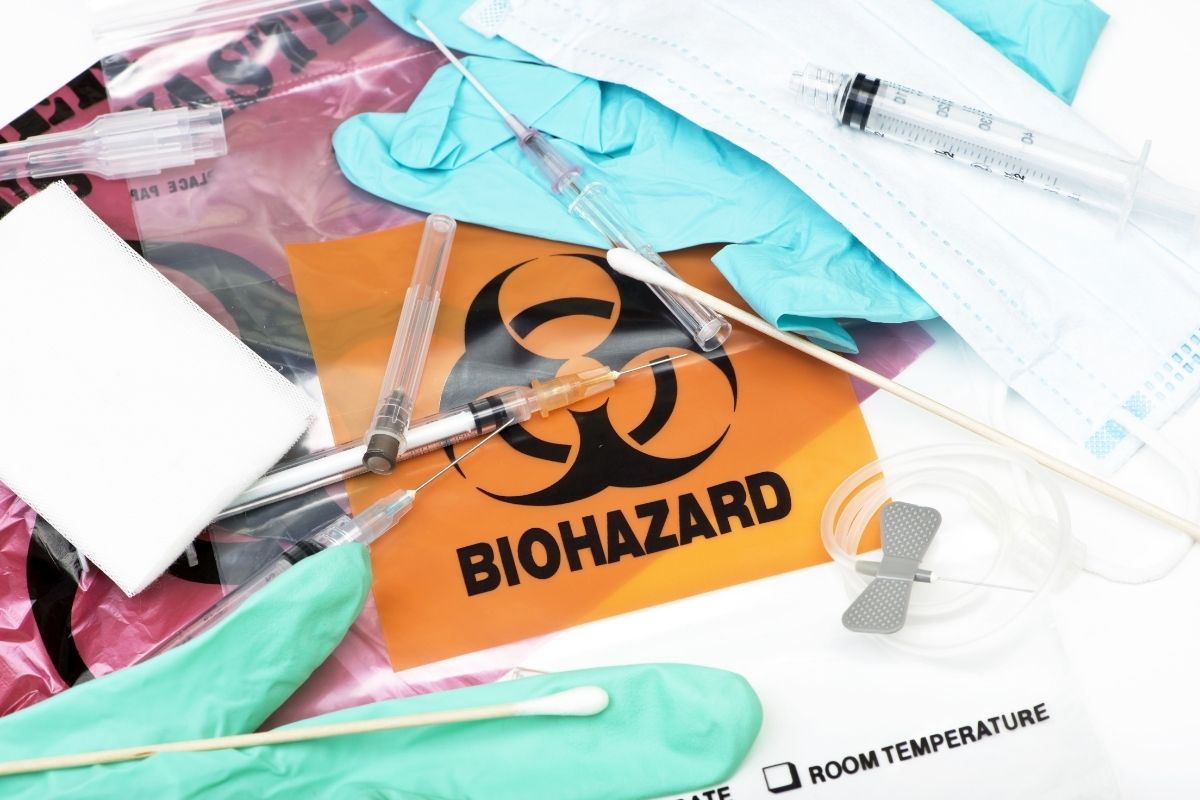Managing Hazardous Waste at Academic Laboratories

Academic laboratories are vital for students’ future success. These labs, however, must be as safe as possible to ensure everyone’s wellbeing. One of the greatest dangers in academic laboratories tends to be hazardous waste. All professionals and students must take special measures to ensure proper handling and disposal of such materials. Learn about managing hazardous waste in academic laboratories by reading below.
Identify Materials in the Lab
Knowing the kinds of materials you have in your laboratory is the first step to managing any hazardous waste that is produced. Make sure you have identified all chemicals and substances. This means labeling them all individually and also storing them in the proper locations. When you have labeled all materials, you’ll be able to identify the dangers they present when they’re in use and when they will become waste. Properly labeling and storing these items will ensure you send the waste to the proper treatment facilities and do not dump it along with normal waste. Proper identification is also vital to inform students about what materials they should look out for and how to properly dispose of such items.
Make Sure To Properly Separate and Pack by Type
It’s going to be incredibly important to make sure that all waste is kept separate from one another. This especially needs to be practiced with different types of hazardous waste. Many materials used in laboratories can be unstable and reactive. Reactive wastes can combust if not properly contained or if exposed to the wrong materials or elements, including common elements such as water and oxygen. These items must especially be packed separately from any flammable or corrosive materials. The mixture of any of these materials could prove deadly. Combining these materials could incite anything from fires and explosions to the production of toxic gases.
Pack Safely for Storage and Transport
Two more key aspects of managing hazardous waste at academic laboratories include preparing for the safe storage and transportation of materials. Not only do all types of hazardous waste need to remain separate, but they must also be packed in suitable containers, stored in safe locations, and labeled to ensure proper shipping and handling. Make sure all small vials of material are packed into larger containers that include absorbent material. This will prevent any items from spilling or leaking.
One of the best ways to ensure safety in your academic laboratory is to work with an environmental waste management company. Clean Management Environmental Group offers transportation and disposal of any types of hazardous and non-hazardous waste.
